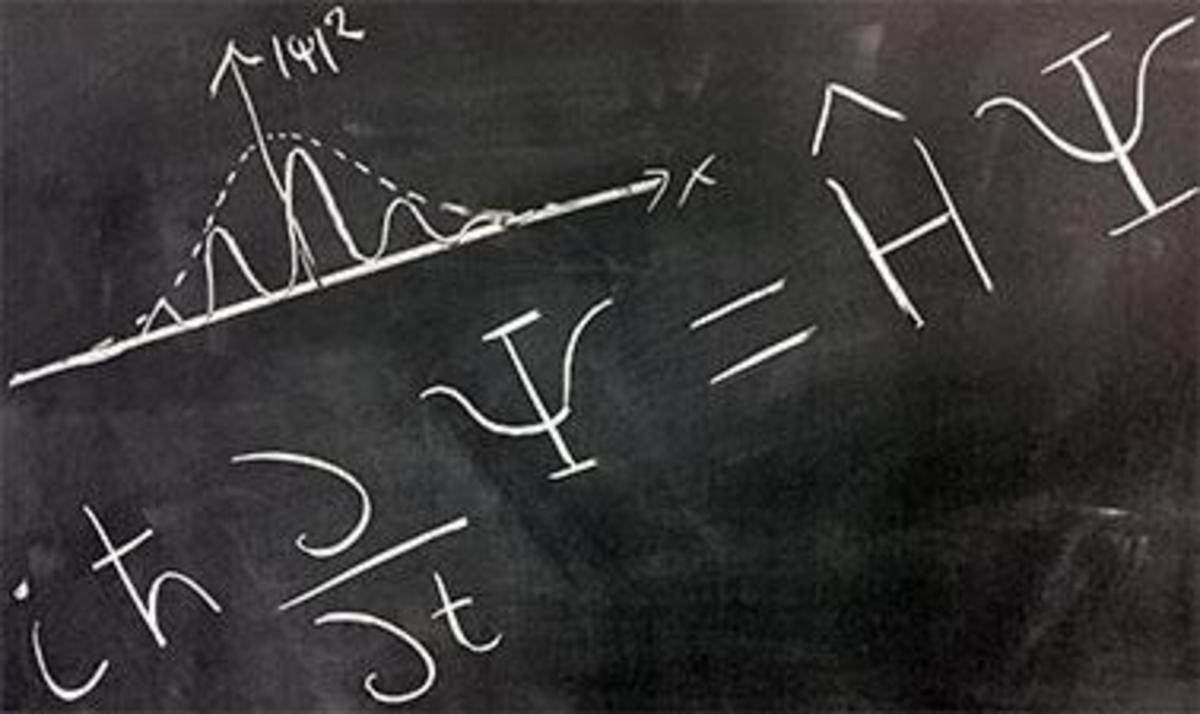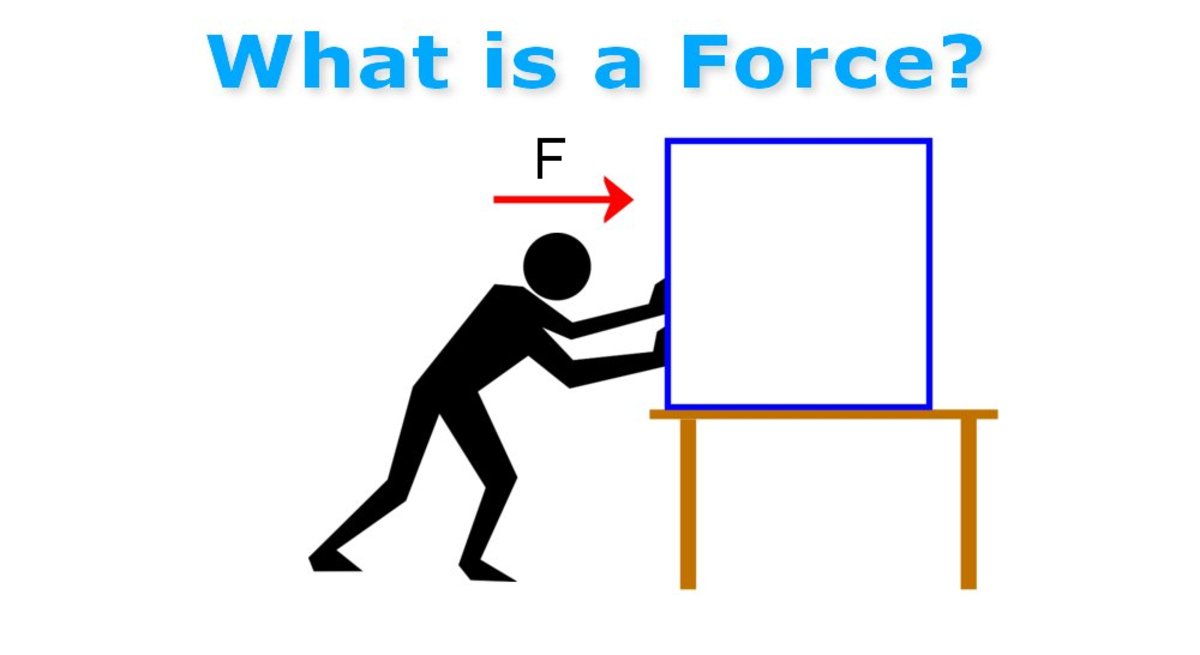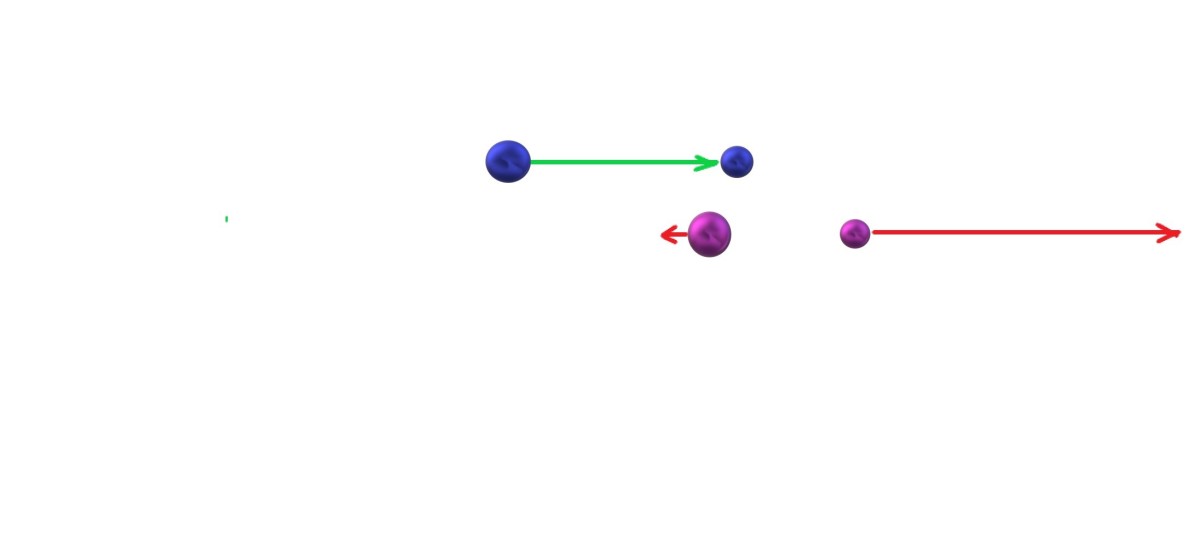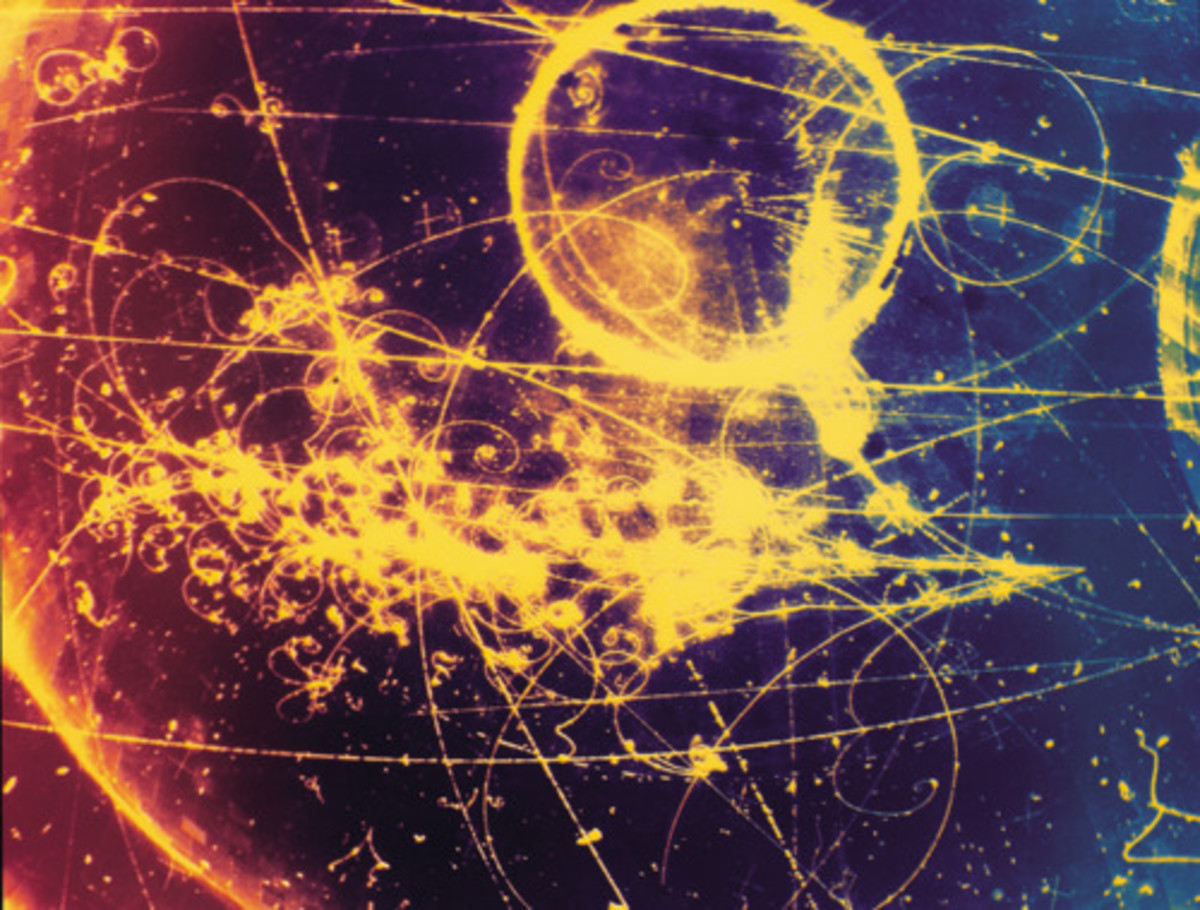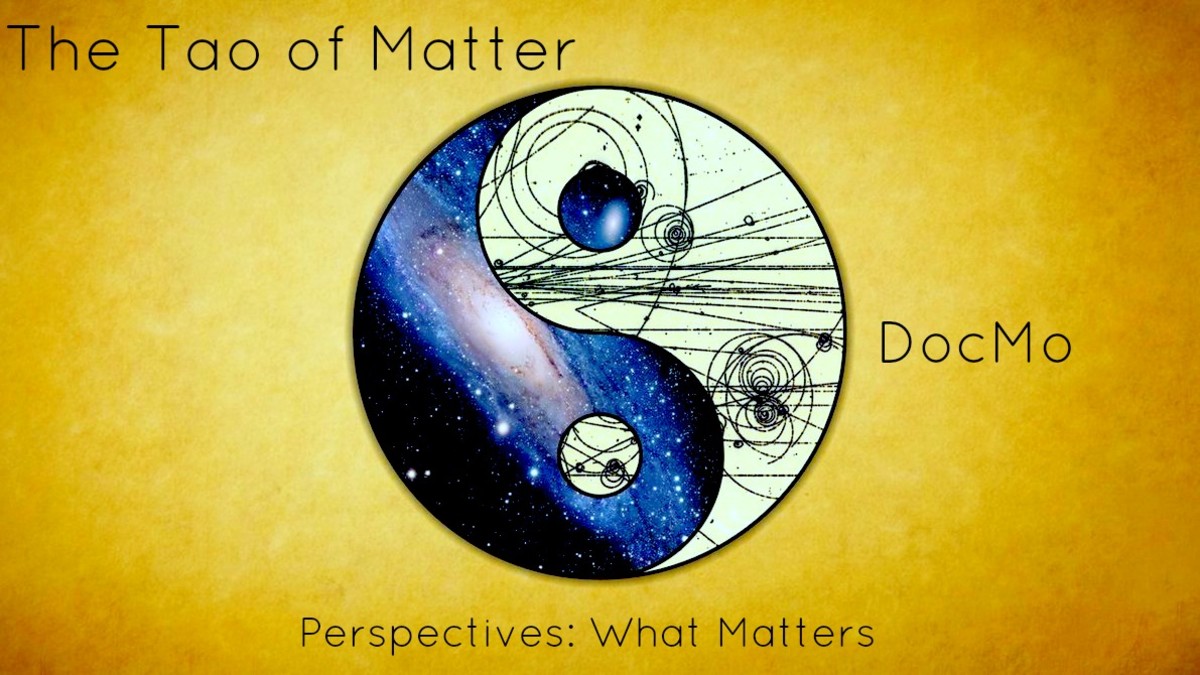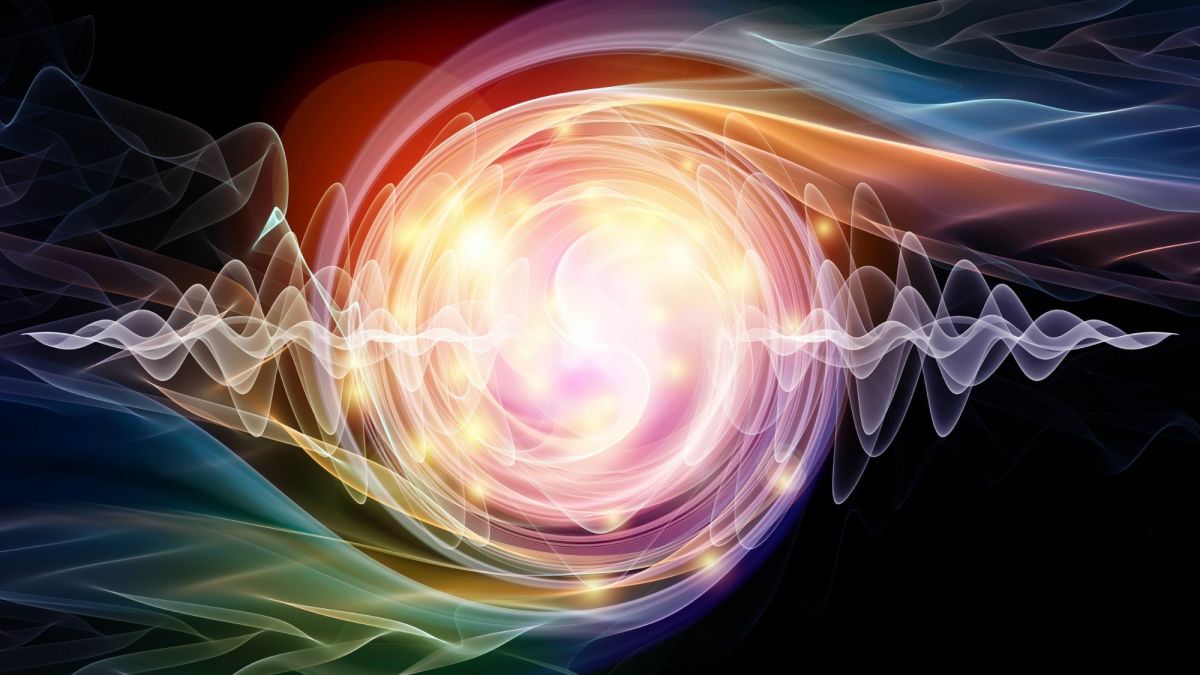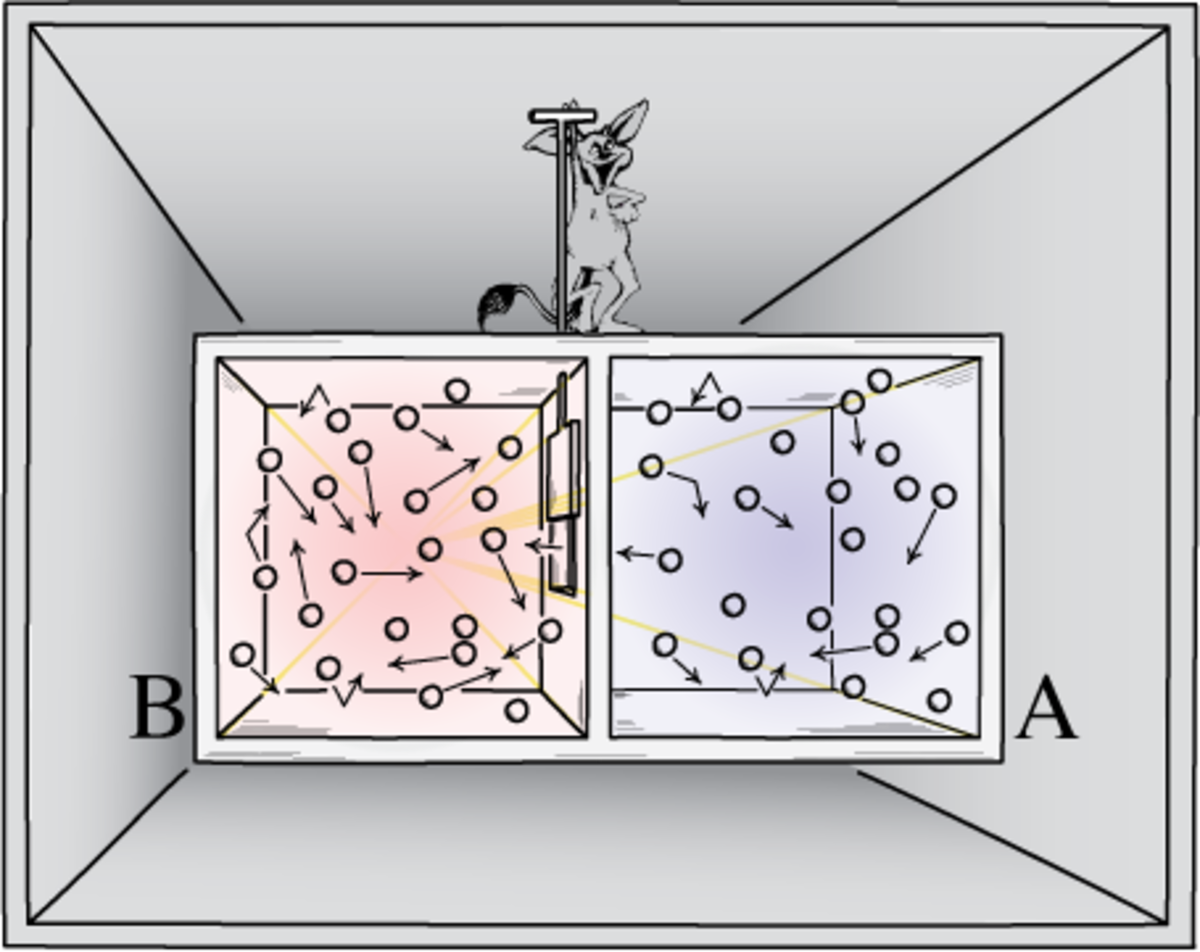The Higgs Boson Particle – Origin of mass: What is all the fuss about?
The Higgs Mechanism – The Higgs Field
There is so much talk of the Higgs Boson particle in the news at the moment that not knowing what they are talking about can be frustrating, so I hope that this article helps to fill in that gap in your knowledge
Before we can understand what the Higgs Boson Particle is, we need to understand the theory behind it:Bare with me as I use analogies to make a very mathematical concept understandable without the complexities of formal proofs and quantum mechanics so that it can be understood by the majority.
A symmetry exists between W and Z which were discovered at CERN in 1983 and this verifies the electro-weak theory. However the origin of the these particles remains a mystery. The best hypothesis is the Higgs mechanism.
Particle collisions
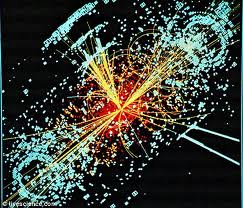
Brian Cox on the Higgs Boson Particle
At its heart it demonstrates a beautiful symmetry between the WZ and Photon, but this symmetry breaking is a ubiquitous phenomenon, let me explain; A pencil balanced on it's tip exhibits perfect rotational symmetry, but when falls it does so in a particular direction, thus breaking the symmetry. It is believed the masses of the W, Z and the electron do so by a similar mechanism. Imagine these pencils are throughout space, even in a vacuum they are all joined together and all tend to fall in the same direction (A note to the more scientific reader, the direction is not a 'real' direction in physical space but the analogy is close enough). This can be thought of as the Higgs field and due to the fact that it exists even in a vacuum means that it influences the waves which travel through it. Waves have a direction in a real directional sense, but they also have a 'direction' in this conceptual space we have created. So in some of these conceptual directions the waves have to 'move' the pencils and in doing so become more sluggish and those waves are the W and Z quanta of the weak force
The beauty of this is that it can be tested because it hypothesises that there should be another wave, one in the pencils alone, where they are bouncing up and down. That wave is the Higgs Boson Particle. Finding it would confirm that we really do understand the origin of mass and fill in the few remaining gaps around the electro-weak theory.
Peter Higgs
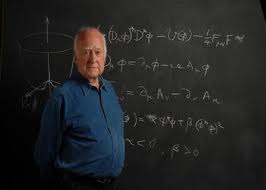
Who Hypothesised Higgs Boson Particle?
The Higgs boson Particle is named after Peter Higgs who is a Physicist at the University of Edinburgh. He devised a model where particle massed arise in a complex but stunning progression. Beginning with a particle that only has the characteristic of mass, nothing else that can distinguish it from empty space such as spin or charge. This is known as the H and it interacts with other particles. E.G. if H is near an electron there is a force between the two of them. As described above with the use of our metaphorical pencils. Higgs first became interested in Mass at Edinburgh and developed the idea that particles were massless when the universe began, squiring mass a fraction of a second later from the interaction with the Higgs field. The Higgs field is believed to only confer mass to leptons and quarks it only causes a fraction of the mass to protons and neutrons, where the majority comes from the gluons which bind the quarks produce most of the mass.
Higgs is an atheist and as such is believed to be annoyed with the nickname 'god particle' which was bestowed upon the Higgs Boson by Leon Lederman or more specifically by his editor who would not let it be called the 'goddamn particle' which was how it was originally coined due to it's extremely elusive nature!
What would confirmation the Higgs Boson mean for Physics?
Well the bottom line is that it would vindicate the Standard model. Which is a pretty big deal, this is the leading model describing the fundamental particles and forces of nature. There are 12 funder mental particles and four force carriers which are:
Standard Model - Predicts the existence of the Higgs Boson
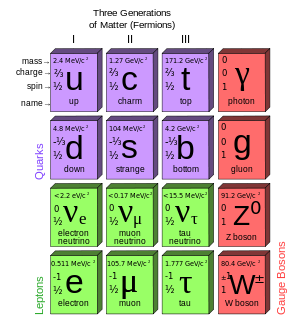
As you can see from the image above the ones in red the Bosons are the force carriers. The other 12 are the elementary particles.
Latest on the Higgs Boson Particle
The Higgs boson particle is all over the news at the moment so below are some of the best videos describing why. Enjoy
BBC News on the Higgs Boson Particle
Fermilab update on the Higgs Boson
Hope you enjoyed this article and if there is anything that you didn't understand or want further explanation just leave me a comment and I would be happy to discuss.



